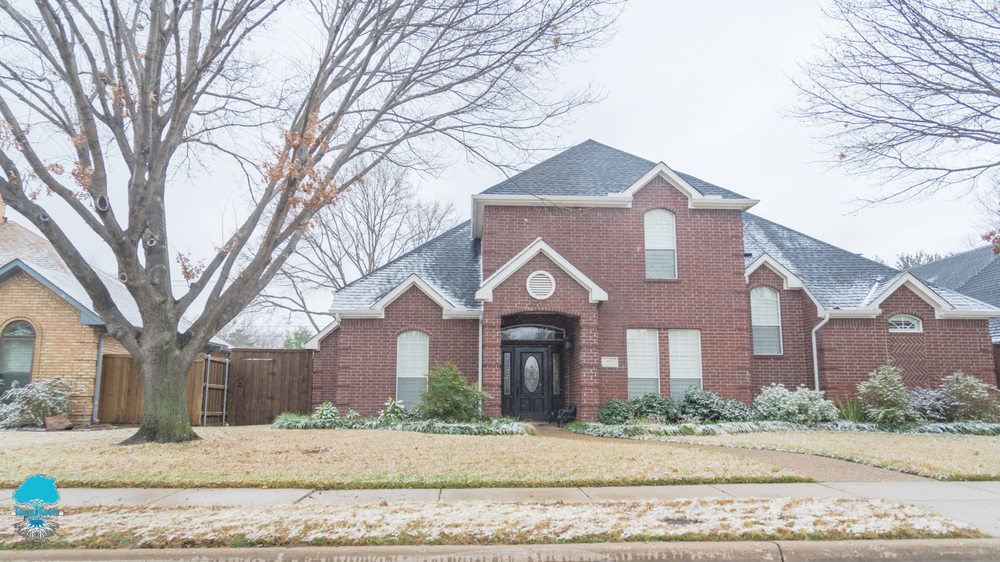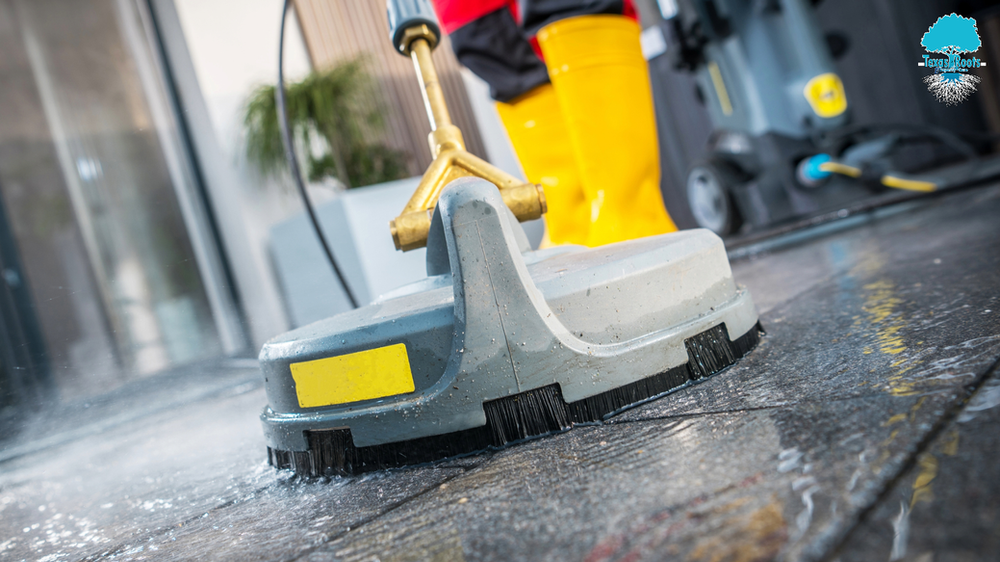Pressure Washing vs. Soft Washing: Choose the Right Method
Your home's exterior endures a lot – from the scorching sun to wind, rain, and the build-up of algae or mold. Over time, these factors can lead to discoloration, damage, and a general dull appearance. When it comes to pressure washing vs. soft washing, both methods are popular for combatting these issues. They can rejuvenate your home, but understanding their differences will help you choose the most suitable treatment.
What is Pressure Washing?
Pressure washing utilizes high-pressure water spray to remove dirt, mold, grime, loose paint, and other contaminants from surfaces. The force behind this method effectively cleans hard surfaces like driveways, sidewalks, and patios. The equipment, generally, uses water from your household supply and increases its pressure with a built-in motor.
What is Soft Washing?
Soft washing, on the other hand, relies on low-pressure water combined with special cleaning agents. These chemicals help break down dirt, algae, mold, and other contaminants. The method is named "soft" not due to the water's pressure, but because it doesn't rely on force alone to clean. Instead, the cleaning agents do most of the work, making it gentler on surfaces that might be damaged by high pressure.
Key Differences Between Pressure Washing and Soft Washing
Pressure: As the names suggest, pressure washing uses a high-pressure water stream, whereas soft washing relies on a lower pressure combined with cleaning agents.
Cleaning Agents: Soft washing requires the use of detergents to break down dirt and organic growth. In contrast, pressure washing generally relies on the force of the water alone.
Applications: Pressure washing is ideal for hard surfaces that can withstand the strong water stream. Soft washing, with its gentle approach, is better for roofing, wooden decking, and other surfaces that might be damaged by high pressure.
Pressure Washing vs. Soft Washing, Which Method Should You Choose?
When deciding between pressure washing vs. soft washing, the choice depends on the surface you want to clean and the type of contaminants present.
- Siding: If your home's siding has mold, mildew, or algae growth, soft washing is the recommended method. The cleaning agents will effectively break down organic growth without damaging the siding.
- Driveways and Concrete Surfaces: These hard surfaces can typically withstand the force of pressure washing, making it the ideal method to remove tire marks, oil stains, and ground-in dirt.
- Roofs: Soft washing is preferable for cleaning roofs. Traditional pressure washing can dislodge granules from asphalt shingles and damage other types of roofing materials.
- Wooden Surfaces: Wooden decks and fences can benefit from either method, depending on their condition. If the wood is older or softer, soft washing might be gentler. However, a well-maintained deck could withstand a careful pressure wash.
- Gutters: External gutter cleaning can benefit from pressure washing for removing loose debris. However, for the removal of black streaks or organic growth on the face of the gutter, soft washing is recommended.
Benefits of Both Methods
Enhanced Curb Appeal: Both methods will enhance your home's exterior, giving it a fresh and maintained look.
Increased Longevity: By regularly removing harmful contaminants, you extend the lifespan of your surfaces, be it roofing, siding, or driveways.
Health Benefits: The removal of mold, mildew, and algae can reduce allergens around your home.
Safety First
No matter which method you choose, safety is paramount. Both methods require the right equipment and knowledge. While DIY kits are available, consider hiring a professional, especially for higher and harder-to-reach areas. They'll have the necessary equipment and expertise to ensure the job is done safely and effectively.
Conclusion
Whether you choose pressure washing or soft washing, both methods offer effective solutions to keep your home's exterior clean and well-maintained. By understanding the specific needs of your surfaces and contaminants, you can select the right approach, ensuring longevity and a pristine appearance for your home's exterior. When in doubt, consult with a professional to get expert advice on which method will suit your needs best.
Take the guesswork out of it! With years of expertise in both pressure and soft washing, Texas Roots Property Care’s team guarantees top-tier service that will leave your home looking pristine. Contact us, today!
(Disclaimer: Texas Roots Property Care takes no responsibility for any and all damages or injuries to persons or property resulting from following the steps in this article. For professional pressure and soft washing services, contact Texas Roots Property Care.)








